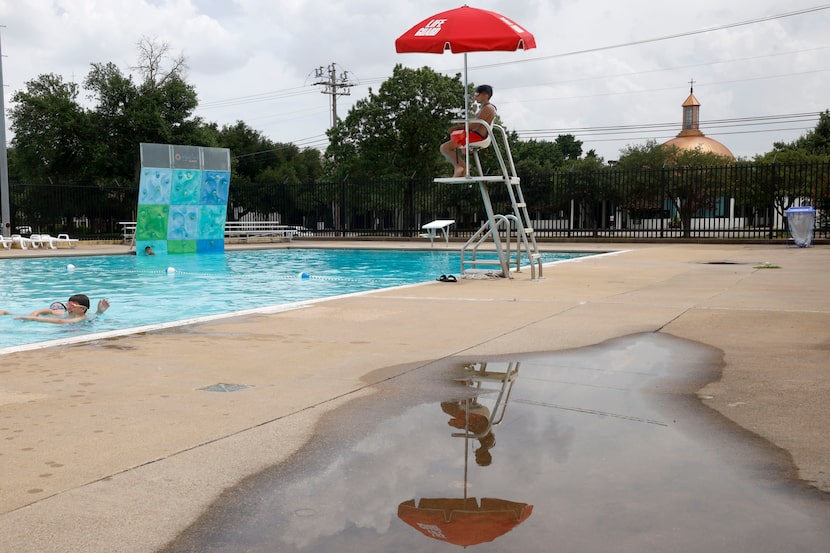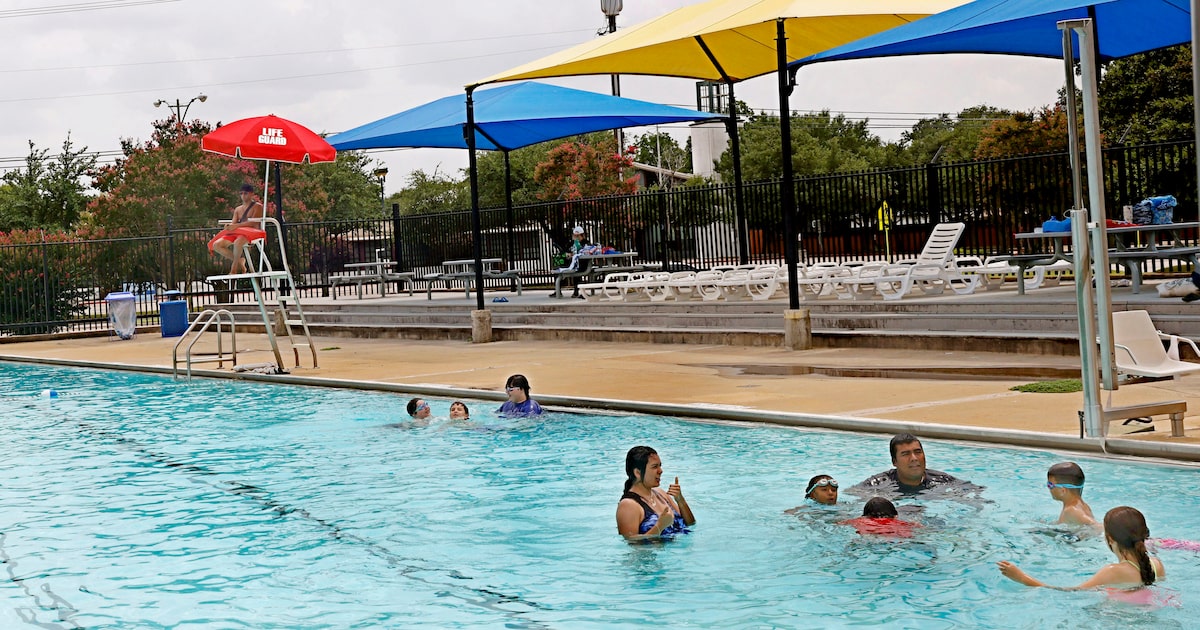Dallas is considering closing all nine of its community pools over the next three years.
The board was briefed during its Thursday meeting, where a plan was discussed to close the pools in phases, three per year. The original staff proposal called for closing just two this year.
Related:AI, job cuts, more money for cops: 7 things to know about Dallas’ proposed $5.2B budget
John Jenkins, director of the Parks and Recreation Department, said he recommended closing the nine pools last year because “they have lived their life.” Earlier this month, the board was considering closing two pools.
Breaking News
“If you decide to close more than two, it’s just going to give me more funds I can use towards those other four pools (the ones that have seen an increase in attendance). It’s probably going to be worth another two years,” Jenkins said. “That’s about it.”
Although no pools were selected for closure, the top three candidates could be the Grauwyler Pool in District 2, the Glendale Pool in District 4 and the Walnut Hill Pool in District 13.
The proposed cuts come as the department is looking to slash $3 million from its budget by cutting positions, closing pools and reducing hours at recreation centers.
“There are five libraries on the chopping block right now, and I will argue every day that libraries provide more value than community pools because they’re open all year round,” said District 13 Park board member Calvert Collins-Bratton. “We just have to be realistic with the cost of the maintenance of pools and invest elsewhere that many people in our community can use.”
Jenkins presented the board with a list of the city’s nine pools and the criteria the city is considering.
Pools were ranked based on several criteria, including aging infrastructure, attendance numbers, proximity to other facilities, and whether the site had a different affinity program on campus.
Once a pool is selected for closure, it will take approximately six to eight months to remove the existing infrastructure. Then, it will take an additional six to eight months to design its replacement or alternative facility.
Additionally, it was noted that some pools may “self-select” for closure earlier if they experience major mechanical failures and become inoperable before their scheduled closure date.
Most board members supported the plan to close three pools yearly, recognizing the need to modernize and address aging infrastructure.
Several acknowledged that while closing pools is unpopular, it is necessary due to high maintenance costs, declining usage and the inability to repair some facilities.
Looking ahead
According to the city’s aquatic master plan, the newest pool was built in 1975, and the oldest dates back to 1947.
Dallas residents visiting the community pools have dropped this year as the city deals with budget constraints and aging facilities.
Jenkins said the city approved the aquatic master plan in 2015 after extensive community input and careful consideration to ensure fair coverage and access to aquatics facilities across the city.
The plan called for the construction of nine new, modern aquatics centers to replace outdated community pools, with a total investment of $75 million.
Jenkins said part of the original understanding was that, in exchange for building these new facilities, the old community pools would eventually be decommissioned.

People swim in Walnut Hill Swimming Pool, Wednesday, July 2, 2025, in Dallas.
Chitose Suzuki / Staff Photographer
Board members emphasized the plan was designed to provide higher-quality, more sustainable aquatics options, such as regional centers and spray grounds, rather than maintaining numerous aging pools.
“Our aquatics has evolved in this park department, and it’s continuing to and I think it’s good news,” said District 6 board member Timothy Dickey. “We’ve got a new master plan for aquatics coming up soon. So I think it’s all good. And I agree that we just need to move into our next phase, and the closure of these pools fits that model.”
Some members emphasized the importance of having a straightforward narrative and communication plan to explain the rationale for closures to the public and to ensure transparency.
“Anytime somebody’s park or pool is on the chopping block is never going to be the fun part, because constituents are going to always come back to you,” said District 7 board member Daniel Wood.
